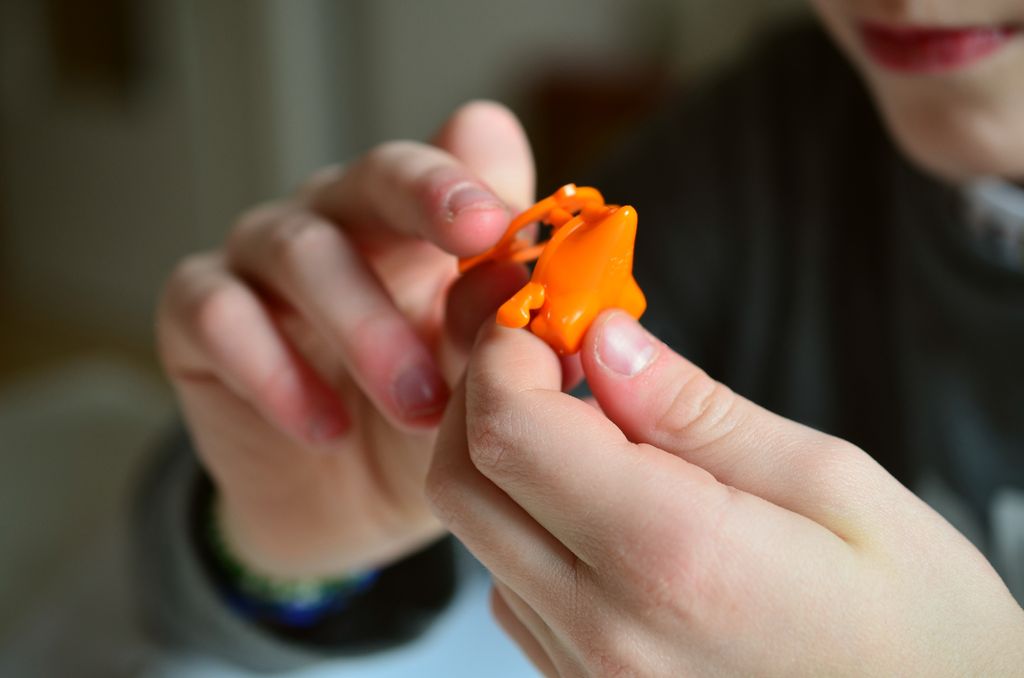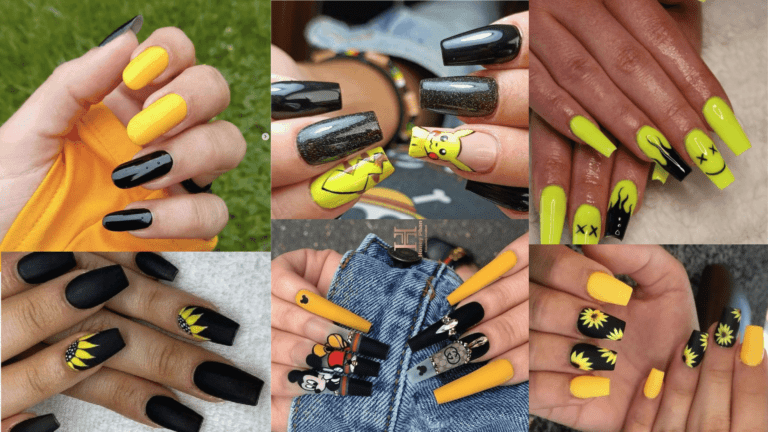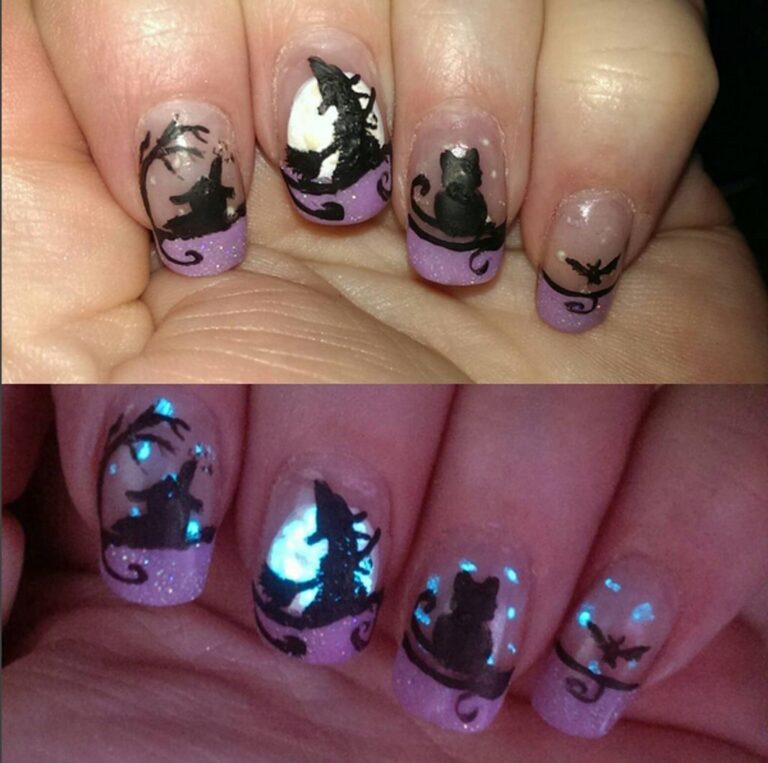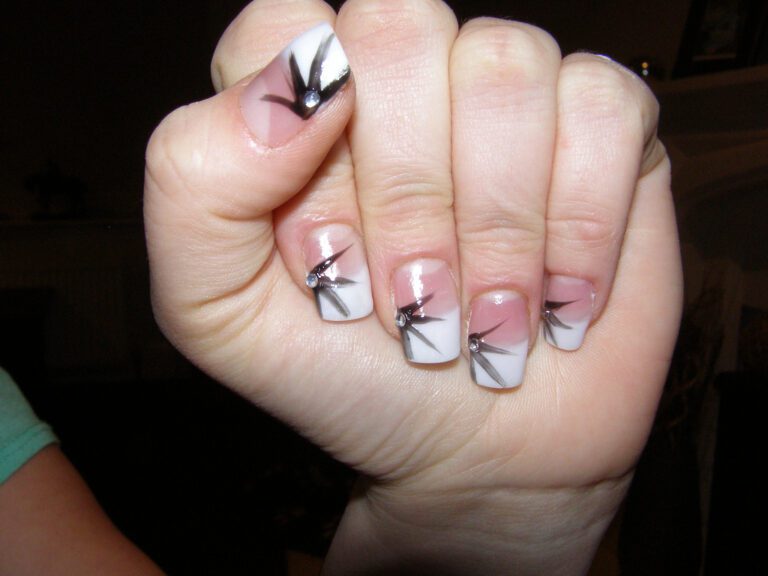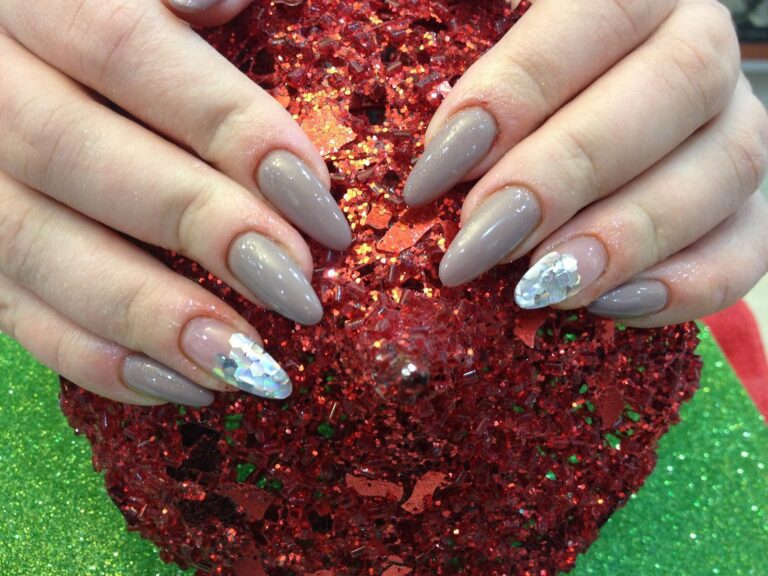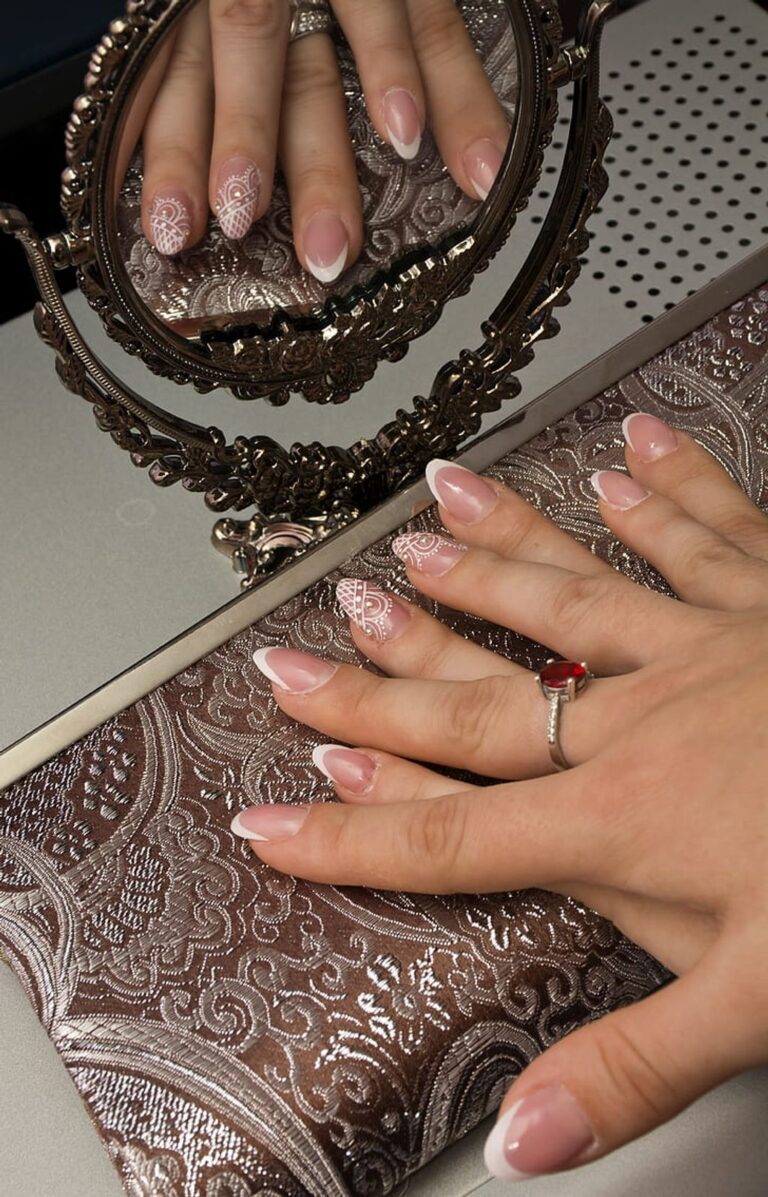“Yellow Mystique: Why Nails Turn Yellow”
Deprecated: mb_convert_encoding(): Handling HTML entities via mbstring is deprecated; use htmlspecialchars, htmlentities, or mb_encode_numericentity/mb_decode_numericentity instead in /home/u654140373/domains/nailinspire.com/public_html/wp-content/plugins/kadence-pro/dist/elements/elements-init.php on line 1267
Deprecated: Function utf8_decode() is deprecated in /home/u654140373/domains/nailinspire.com/public_html/wp-content/plugins/kadence-pro/dist/elements/elements-init.php on line 1275
Yellow nails can be a cause for concern, often indicating an underlying issue that requires attention. Understanding the common causes of nail discoloration and the impact of lifestyle on nail health is crucial for prevention and maintenance. Knowing when to seek professional help is also important for addressing persistent nail discoloration. In this article, we will explore the reasons behind yellow nails and provide valuable insights on maintaining healthy nail care practices.
Key Takeaways
- Maintain good nail hygiene to prevent fungal infections and discoloration.
- Choose nail products carefully to avoid staining and damage.
- Regular manicures and pedicures can improve nail health and appearance.
- Seek professional help if nail discoloration is persistent or accompanied by other symptoms.
- A balanced diet and proper nutrition can contribute to healthier nails.
Unveiling the Yellow: Common Causes of Nail Discoloration

Fungal Infections: The Primary Culprit
Fungal infections, particularly onychomycosis, are a leading cause of yellow nail discoloration. This condition is caused by various fungi, including dermatophytes, yeasts, and molds that infiltrate the nail bed, leading to changes in color, texture, and thickness.
The risk of developing fungal nail infections increases with factors such as age, reduced blood circulation, and a weakened immune system. It’s crucial to recognize the signs early and begin treatment to prevent the spread and worsening of the infection.
- Early signs of fungal infections include:
- Slight yellowing of the nail tip
- Progression to a darker yellow or brown
- Thickening and distortion of the nail shape
Tip: Keeping nails dry and clean can significantly reduce the risk of fungal infections. Avoid walking barefoot in public areas such as gyms and swimming pools where fungi thrive.
Nail Polish Staining: A Cosmetic Consequence
Nail polish staining is a common issue that many individuals encounter. The pigments in nail polish can seep into the nail plate, causing discoloration that is often difficult to remove. One of the easiest ways to prevent stains from wearing nail polish is to apply a protective base coat. It’s always best to start with a base coat, as it acts as a barrier between the nail plate and the pigments in the nail polish. Additionally, using nail polish remover that contains acetone can help eliminate stubborn stains. When dealing with nail polish staining, it’s important to be patient and consistent in the removal process.
If you’re struggling with stubborn stains, consider using home remedies such as lemon juice or hydrogen peroxide. These natural ingredients can help lighten the discoloration and restore the natural color of the nails. Remember to moisturize the nails and cuticles regularly to maintain their health and prevent further staining.
For persistent stains that do not respond to home remedies, seeking professional help from a nail technician or dermatologist is advisable. They can provide specialized treatments and advice on how to manage and prevent nail polish staining effectively.
Tobacco Use: Nicotine’s Staining Effect
Tobacco use can have a significant impact on the color of your nails. The nicotine in tobacco products can cause yellowing and discoloration, leading to an unsightly appearance. It’s important to note that quitting smoking can help improve the appearance of your nails over time. Additionally, maintaining good nail hygiene and using nail products that promote nail health can also contribute to reducing the staining effect of nicotine. Remember, the health of your nails reflects your overall well-being, so taking steps to quit smoking and care for your nails can lead to brighter, healthier nails in the long run.
Medical Conditions Influencing Nail Color
Certain medical conditions can lead to changes in nail color, often serving as a window to one’s overall health. For instance, liver diseases may cause nails to adopt a yellowish hue, while chronic bronchitis can lead to a yellowing effect due to decreased oxygenation. Psoriasis, a skin condition, can also affect the nails, causing discoloration along with other abnormalities.
It’s important to note that while some changes are benign, others may signal more serious health issues. Here’s a brief list of conditions that might influence nail color:
- Liver diseases (e.g., hepatitis, cirrhosis)
- Lung conditions (e.g., chronic bronchitis)
- Psoriasis
- Fungal infections
- Diabetes
Tip: If you notice persistent changes in your nail color, it’s advisable to consult a healthcare professional to rule out underlying medical conditions.
The Impact of Lifestyle on Nail Health

Dietary Factors: Can Food Affect Nail Color?
The colors of your nails may indeed reflect more than just your choice of polish; they can also be an indicator of the foods you consume. Certain nutrients play a pivotal role in the maintenance of healthy nail pigmentation. For instance, a deficiency in vitamin B12 can lead to nails with a bluish or grey-brown hue, signaling potential dietary imbalances.
While no single food is likely to change your nail color overnight, a consistent diet lacking in essential vitamins and minerals can contribute to discoloration over time. Foods rich in iron, such as spinach and red meat, are crucial for preventing a pale or washed-out appearance of the nails. Similarly, foods high in biotin, like eggs and almonds, support nail strength and color.
Tip: Incorporating a balanced diet with a variety of nutrients is key to maintaining not only overall health but also the natural beauty of your nails.
It’s important to note that while dietary factors can influence nail health, they are just one piece of the puzzle. Other lifestyle choices and health conditions can also affect nail color and should be considered when assessing changes in nail appearance.
Occupational Hazards: Chemicals and Dyes
Certain occupations, particularly those involving regular contact with chemicals and dyes, can significantly impact nail health. Workers in industries such as nail salons, cleaning, printing, and hairdressing are often exposed to substances that can lead to nail discoloration. The toxic trio of toluene, phthalates, and formaldehyde, commonly found in nail salon environments, are notorious for their adverse effects on nail color and overall health.
It’s not just the exposure to harsh chemicals that can affect nail health; the frequency and duration of exposure are also critical factors. Prolonged contact without proper protection can exacerbate the risk of yellowing nails. Here are some preventive measures that can help mitigate these risks:
- Use of personal protective equipment (PPE) such as gloves
- Ensuring adequate ventilation in the workspace
- Regular breaks to minimize continuous exposure
- Following safety protocols for handling chemicals
Tip: Always read product labels and safety data sheets to understand the potential risks associated with chemical use and to take appropriate precautions.
Personal Hygiene: The Role of Proper Nail Care
Maintaining personal hygiene is fundamental to preventing yellow nails and fostering overall nail health. Regular washing and cleaning are the first steps in keeping nails free from dirt, debris, and harmful organisms that can cause discoloration. It’s essential to trim nails straight across and gently file any sharp edges to prevent snagging and breakage.
Moisturizing is another critical aspect of nail care. Applying a quality moisturizer can help maintain the nails’ flexibility and prevent brittleness. When performing household chores or coming into contact with harsh chemicals, wearing gloves can protect your nails from staining and damage.
Remember: Consistency in your nail care routine is key to preventing discoloration and maintaining healthy nails.
Here are some simple steps to incorporate into your daily routine:
- Wash hands with soap and water regularly.
- Use a nail clipper or scissors for trimming.
- Apply moisturizer to nails and cuticles daily.
- Wear gloves during cleaning or when using chemicals.
Navigating Nail Care: Prevention and Maintenance

Choosing the Right Nail Products
Selecting the right nail products is crucial for maintaining healthy, vibrant nails. The market is flooded with options, but not all are created equal. Opt for brands that are known for their quality and longevity, such as OPI and Essie, which are often recommended by professionals.
When considering nail polish, think about your skin tone and the occasion. For instance, sheer enamels offer a classic look, while bold colors can make a statement. It’s also essential to choose products that align with your values, such as cruelty-free or 11-free formulas, which exclude certain harmful chemicals.
- Our top picks for overall quality: Sheer Enamel, New York Color Show, Gel Couture
- Best for warm undertones: Coral shades, warm reds
- Best for cool undertones: Blues, purples
- Best for neutral tones: Nudes, pinks
Tip: Always read labels to check for ingredients that might cause allergies or damage to your nails. Investing in a good base coat and top coat will also extend the life of your manicure and protect your nails.
The Importance of Regular Manicures and Pedicures
Regular manicures and pedicures go beyond the aesthetic appeal; they are a fundamental part of maintaining overall nail health. By routinely caring for your nails, you can prevent the buildup of bacteria and reduce the risk of infections. These sessions provide an opportunity for professionals to detect early signs of nail problems, such as fungal infections or ingrown toenails, before they escalate into more serious conditions.
Manicures and pedicures should not be seen as a luxury, but rather as a preventive measure. They help in keeping the nails clean, trimmed, and moisturized. The process often includes a massage, which can improve blood circulation to the nails, promoting healthier growth. Here’s a quick list of benefits:
- Keeps nails tidy and shaped
- Reduces the chance of infections
- Improves skin health with exfoliation
- Enhances blood circulation
Tip: To maximize the benefits, choose salons that prioritize hygiene and use quality products. Regular visits can be a cornerstone in your nail care routine, ensuring that your nails remain strong and vibrant.
Home Remedies for Brighter, Healthier Nails
In the quest for brighter, healthier nails, home remedies offer a treasure trove of simple yet effective solutions. One popular method involves the use of cuticle oil, which nourishes the nail bed and promotes stronger growth. Daily application can transform brittle nails into robust ones, with products ranging from specialized serums to natural alternatives like jojoba oil.
For those seeking to whiten and strengthen their nails, a classic concoction of lemon juice and olive oil can work wonders. Gently warming the mixture and applying it with a cotton ball can yield shinier and whiter nails over time.
Tip: Consistency is key with home treatments. Regular use of these remedies can lead to significant improvements in nail health.
While commercial products often promise quick fixes, incorporating natural ingredients like vitamin D, fish oil, and sesame seeds into your diet can also support nail strength from within. Ashwagandha, known for its rejuvenating properties, can be consumed in powder or extract form to further bolster nail vitality.
When to Seek Professional Help

Signs of Serious Nail Conditions
If you notice persistent discoloration, brittleness, or thickening of your nails, it’s important to seek professional help. These symptoms could indicate a fungal nail infection or other underlying nail conditions that require specialized treatment. Consulting a dermatologist is crucial for accurate diagnosis and personalized treatment options. Early intervention can prevent the spread of the infection and promote healthier nail growth. Remember, your nail health is an important indicator of your overall well-being, so don’t hesitate to seek professional help when needed.
Consulting a Dermatologist: What to Expect
When you schedule an appointment with a dermatologist for nail discoloration, you can anticipate a comprehensive evaluation of your nail health. The dermatologist will meticulously examine your nails for signs of infection, disease, or other abnormalities. Here’s what to generally expect during your visit:
- Initial Consultation: Your visit will start with a discussion about your medical history and any nail-related symptoms you’ve been experiencing.
- Physical Examination: The dermatologist will conduct a thorough examination of your nails, looking for any discoloration, texture changes, or structural abnormalities.
- Diagnostic Tests: If necessary, your dermatologist may order tests such as fungal cultures or biopsies to determine the exact cause of your nail discoloration.
Remember, honesty about your lifestyle and health history is crucial for an accurate diagnosis and effective treatment plan.
Following the assessment, your dermatologist will discuss potential treatment options with you. These may range from topical medications to more advanced procedures, depending on the severity and cause of your nail discoloration.
Treatment Options for Persistent Nail Discoloration
Persistent nail discoloration may indicate an underlying condition that requires professional attention. It’s essential to consult a dermatologist for a comprehensive evaluation and personalized treatment plan. In some cases, a combination of treatments, such as topical ointments and oral antifungals, may be necessary to effectively address the discoloration. Additionally, implementing preventive measures, such as keeping nails dry and using specific nail products, can support the treatment process. Remember, early intervention is key to preventing further damage and achieving healthier nails.
If you’re struggling with nail art designs and finding it difficult to achieve the look you want, it may be time to seek professional help. At NAILinspire.com, we understand the importance of perfecting your nail art, which is why we offer a wide range of resources and expert advice to help you elevate your nail game. Whether you’re a beginner or a seasoned nail artist, our online library is the ultimate destination for inspiration, tutorials, and tips to take your nail art to the next level. Visit NAILinspire.com today and unleash your creativity!
Frequently Asked Questions
What are the common causes of nail discoloration?
The common causes of nail discoloration include fungal infections, nail polish staining, tobacco use, and medical conditions that influence nail color.
Can food affect nail color?
Yes, dietary factors can affect nail color. Certain nutrients and deficiencies can impact the health and appearance of nails.
How can I prevent nail discoloration from nail products?
You can prevent nail discoloration from nail products by choosing high-quality, non-toxic nail polishes and products that are gentle on the nails.
Are home remedies effective for improving nail color?
Yes, there are several home remedies that can help improve nail color, such as lemon juice, baking soda, and olive oil treatments.
When should I seek professional help for nail discoloration?
You should seek professional help for nail discoloration if you notice any signs of serious nail conditions, such as persistent discoloration, pain, or changes in nail shape or texture.
What can I expect when consulting a dermatologist about nail discoloration?
When consulting a dermatologist about nail discoloration, you can expect a thorough examination of your nails, discussion of your medical history, and recommendations for further diagnostic tests or treatments.

